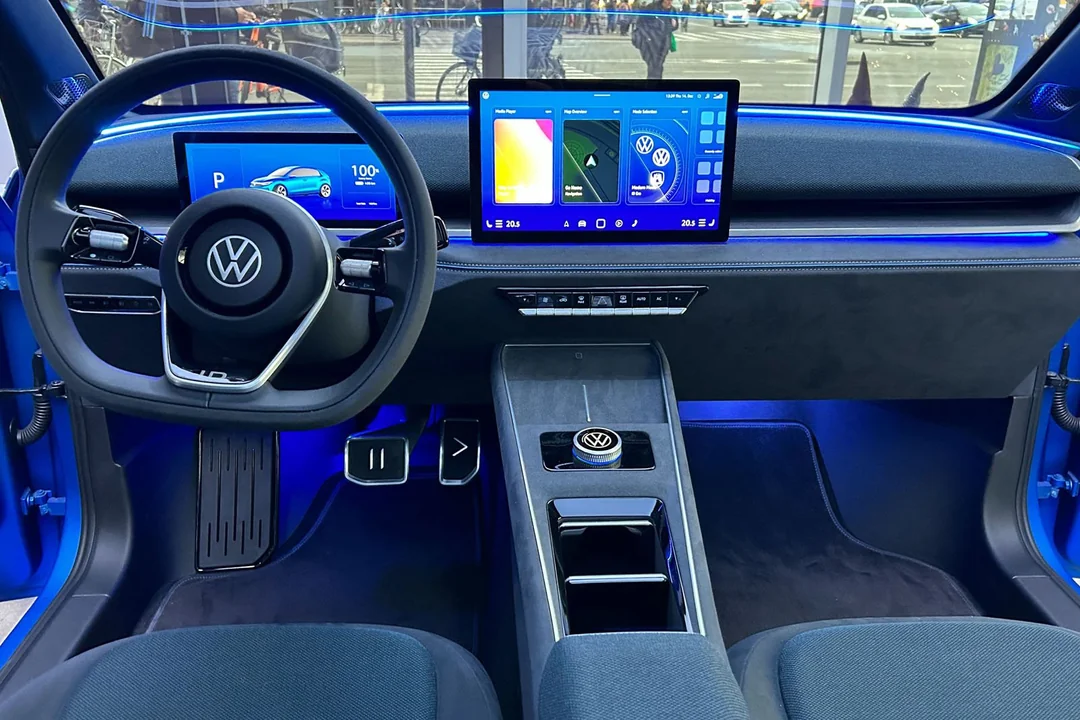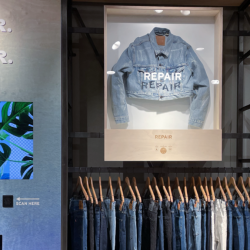Our lives are being slowly moved into the cloud…
We live in connected homes and drive connected cars. But as our connectivity increases, so does our anxiety. If your internet goes down, so does your heating system. If your car’s interface gets a glitch, you’ll struggle to change radio station or control the temperature. When everything is ‘connected’ we can feel a lack of control. When a business moves too quickly to replace physical experiences with digital-only alternatives, people will fight to stay in command.
The new PlayStation, the PS5 Pro, isn’t released until November, but the disc drive to go with it is already selling out online. This is because, despite costing a cool £700, Sony have announced that the new PS5 will be a disc-less console, causing gamers to snaffle up disc drives so they can continue playing their carefully curated games catalogue. Compact discs are trumping cloud storage in the affections of PlayStation aficionados.
And Sony aren’t the first brand to see their customers reject the removal of physical media from the brand experience. Volkswagen was forced to bring buttons back into the interiors of its new electric SUVs after customers complained about everything being controlled through its touchscreen. People don’t want a buggy interface to get in the way of air-con.
HP recently discontinued a printer that came with a mandatory cloud-based subscription and permanent internet connection. It turns out people aren’t prepared to pay an indefinite subscription for the pleasure of printing off their proof of address.
Digital-only experiences can feel at best uncertain and at worst not safe. Your game can be discontinued. And as you don’t own a physical copy there’s no certainty it will always be there. If the only way to access something that was once possible to own outright is to pay a monthly subscription, you’re less of a customer and more of a prisoner.

And it’s not just control that we prize, it’s familiarity and shared experience
The physical is communal. The digital is individual. We all had the same experience buying Oasis tickets, but we were alone; there wasn’t the solidarity of a queue outside a record shop.
It’s why we trust posters and radio ads more than social posts and affiliate links. ‘Public’ media is shared by us all. The poster you see on the way to work is seen by thousands of others. The radio ad on your favourite breakfast show is enjoyed by millions of listeners. You don’t know how many people are seeing the jumper that’s following you around Instagram. Everyone’s search results are varied, even if they have the same query. Tailored, but atomised. It’s hard to trust something is real, if it feels like you’re the only one experiencing it.
Trusted channels deliver longer-lasting effects than low-equity media. They help brands grow stronger and make performance media work harder. Low equity channels don’t play well with other media. Mobile banners don’t make 48-sheet posters more noticeable. Sponsored links don’t amplify the effects of thirty-second ads. Whereas the impact of TV on search volumes is well established. Thanks to Google Analytics you can time to the second when your ad airs. A high-profile outdoor campaign ensures your social posts and shopper activity stands out. A physical presence legitimises digital ads. You know a digitally native clothing brand is doing well when they’ve opened their first store. The first place a tech brand turns when they’ve got brand issues to address, is print media, not short-form content. A full-page ad in The New York Times shows you mean business. A threaded tweet… not so much.
Brands will continue to test cloud solutions and subscription models, but their customers are unlikely to let go of their attachment to physical experiences, and the trust they have for physical media. Staying in control is a higher-order need for customers than living in the cloud.
Featured image: Martin Katler / Unsplash
































